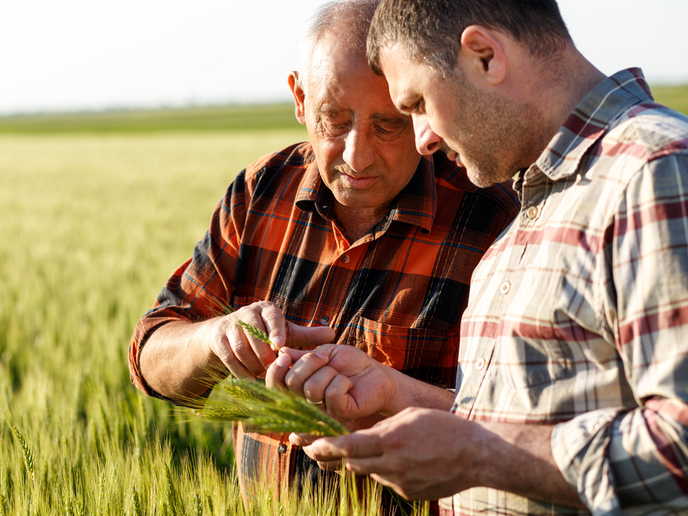Investigating the microbe communities that colonise plant roots
Like many organisms, plants live in close association with diverse microbes. These microbial communities can offer benefits to their host in return for rewards – trading soil nutrients for sugars, for example. Yet while our understanding of this relationship is expanding, the specific functional impact of root microbes on plant growth has been poorly understood. To advance our knowledge of these beneficial relationships, the MICRORULES project funded by the European Research Council(opens in new window) established cultures of plant-associated microbes to study their structure and functioning in unprecedented detail. “The establishment of these cultures has been instrumental in understanding causality, beyond correlative work,” explains Stéphane Hacquard(opens in new window), research group leader at the Max Planck Institute for Plant Breeding Research(opens in new window). The work investigated interactions between host and microbes and between the microorganisms too. “It’s an additional layer of complexity that makes the plant-microbiota research challenging, but at the same time fascinating,” says Hacquard.
Studying the colonisers of plant roots
The MICRORULES researchers explored the multi-kingdom microbiota (bacteria, fungi, oomycetes) present around the roots of Thale cress plants (Arabidopsis thaliana). First, the team described which microbes were present in natural plant populations across Europe, and investigated whether plants that face very different environmental conditions – from the soil or climate – associate with similar communities. “We observed that indeed, similar groups of microbes consistently colonise plant roots,” notes Hacquard. The results and analysis were published in the journal ‘Nature Ecology & Evolution’(opens in new window). Another main goal was to assess the feasibility of establishing culture collections of bacteria, fungi and oomycetes, which was a challenging task given the known difficulty of culturing environmental microbes. The MICRORULES team successfully cultured an unexpectedly large fraction of their target microbes and demonstrated that most root-associated microbes can be cultured.
Recreating natural communities
A third aim was to reconstruct highly complex and multi-kingdom microbial communities that resemble naturally occurring root microbiomes. “We reconstitute these communities in so-called gnotobiotic plant systems(opens in new window) in which we can control which microbes we inoculate, which plant we grow, and which environmental conditions we impose,” explains Hacquard. This deconstruction-reconstruction approach was explored in four peer-reviewed studies, published in ‘Cell’(opens in new window), ‘Nature Plants’(opens in new window) and two papers(opens in new window) in ‘PNAS’(opens in new window). The team also sequenced the genomes of the microbial communities to find microbial traits of interest. “Clearly, this strategy has been successful because it allowed us to identify bacterial or fungal candidate genes that we have further validated as critical for root colonisation(opens in new window),” adds Hacquard.
Long-term evolutionary partnerships
There were several key findings, including that Arabidopsis root-associated bacteria protect plants from certain harmful microorganisms, and host plants and their bacteria act in concert to control fungi in roots and restrict their invasion. “These fungal microbes were found to be potentially harmful for Arabidopsis because they use specific enzymes that efficiently degrade plant physical barriers,” says Hacquard. Another key finding: the beneficial activities of root-associated microbes are also relevant in distant leaf tissues, opening the possibility of using belowground microbes to promote plant health at a distance. “Over evolutionary time, plants have co-opted a range of microbial functions for their own adaptation to biotic and abiotic stresses,” remarks Hacquard. “We hope that in the future, it will be possible to become predictive and to rationally design synthetic communities in the lab that modulate plant health in the field.”







